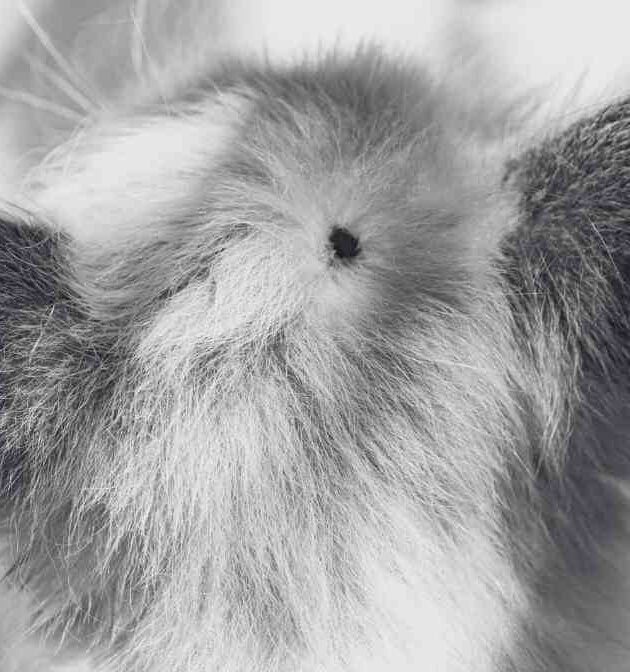
Tick Bite and Tick Borne Diseases in Malaysia
June 17, 2025
Jenis Jenis Lebah Di Malaysia
June 24, 2025
Ticks Blog
Protect yourself from tick borne diseases in Malaysia. Learn symptoms, prevention tips and how to stay safe from infections transmitted by ticks.
Why Malaysians Must Be Aware of Tick-Borne Diseases During Outdoor Activities?
Tick Borne Diseases You Must Know
Ticks are tiny, blood-sucking parasites that can transmit serious diseases to humans and pets. While they are common in many parts of the world, including Malaysia. Understanding tick borne illnesses, their symptoms, and how to prevent them is vital for staying safe. Millions of people get bites by tick each year and without proper awareness.
This can lead to health complications like tick fever or rocky mountain spotted fever (rmsf). Learn about tick borne diseases, how they are transmit by ticks, symptoms to watch for, and safe tick removal techniques. Stay informed to prevent illness and protect yourself and your loved ones.
Understanding Tick Borne Diseases in Malaysia
What Are Tick Borne Diseases?
Tick borne diseases are illnesses transmitted by infected ticks when they bite humans or pets. These bore diseases are cause by bacteria, viruses or parasites. They are present in the tick's saliva or tick head in skin during feeding. Ticks such as the deer ticks and lone star tick are notorious for transmitted by ticks these pathogens in regions like the United States.
Despite less common reports in Malaysia, awareness is crucial as infected ticks can spread diseases wherever they live. Common tick borne illnesses include:
Tick fever
Rocky mountain spotted fever (RMSF)
Lyme disease
Ehrlichiosis
Anaplasmosis
The Types of Ticks That Are Responsible For Transmitting Tick Borne Diseases
Common Types of Ticks That Transmit Tick Borne Diseases
1. Deer Ticks (Ixodes scapularis)
- Known for spreading Lyme disease.
- Infected ticks can remain in the skin for days while feeding.
- They are call the mountain spotted fever (rmsf) in some regions.
2. Rocky Mountain Wood Tick (Dermacentor andersoni)
- Mainly found in mountainous areas.
- Responsible for tick fever and rocky mountain spotted fever.
3. Brown Dog Tick (Rhipicephalus sanguineus)
- More common in warmer climates and humid weather.
- Primarily affects dogs but can bite humans.
4. Lone Star Tick (Amblyomma americanum)
- Notorious in the United States but not in Malaysia region.
- Can cause tick fever and other tick-borne illnesses.
5. The American Dog Tick
- Transmits rickettsia rickettsii, the bacteria causing rocky mountain spotted fever.
Recognising a Tick Bite and Tick Sign
Development of Tick Borne Diseases and The Symptoms From A Tick Bite
Most tick bites are painless, but some signs indicate infection:
A tick mark or target rash at the bite site.
Redness and swelling in the bite area or tick head in skin.
Fever, chills, headache, muscle aches if tick borne disease develops.
Fatigue and joint pain in severe cases.
How Can I Prevent Tick Borne Diseases?
To reduce the risk, wear protective clothing when in wooded areas. Use insect repellents, conduct regular tick checks, especially after outdoor activities and remove a tick promptly if found.
How to Know You Were Bitten by a Tick?
Clear Indication of a Tick Bite on The Human Bodies
If you find a tick on your skin or your pet, it's essential to remove the tick correctly to prevent tick borne illnesses.
Look for ticks on humans, especially in areas where ticks live, like the scalp, behind ears, armpits or groin.
Notice a bite site with tick mark or tick head in skin.
Detect the attached tick before symptoms appear.
Step-by-Step Guide to Removing the Tick
How to Safely Remove a Tick And Avoid Tick Borne Diseases?
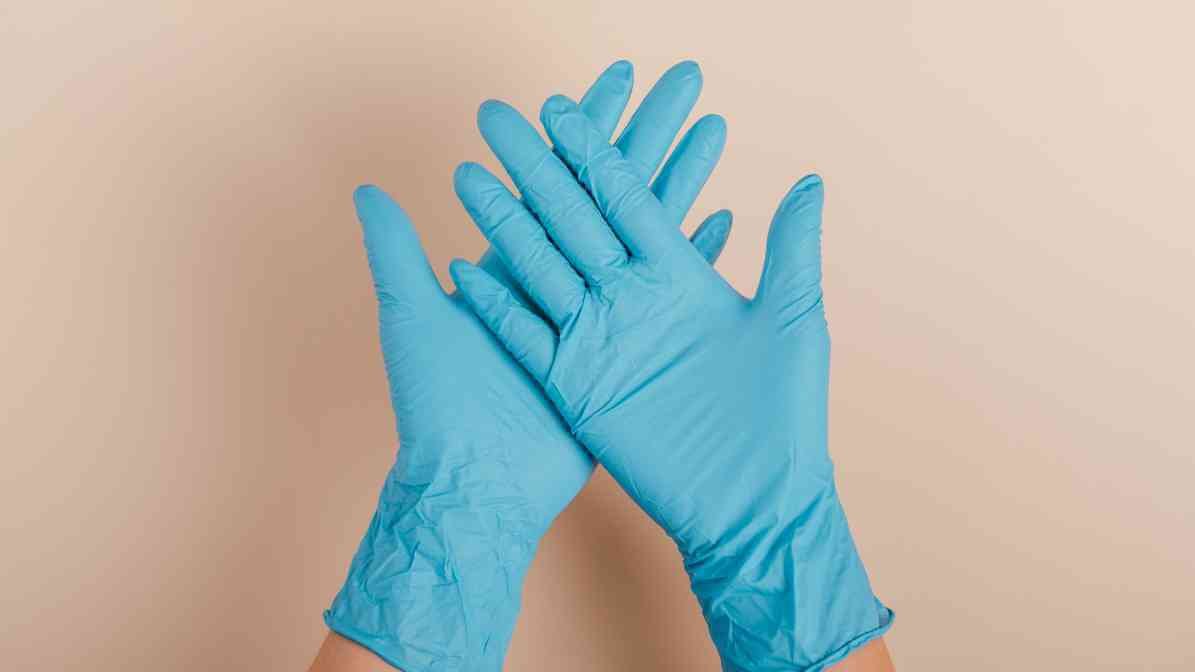

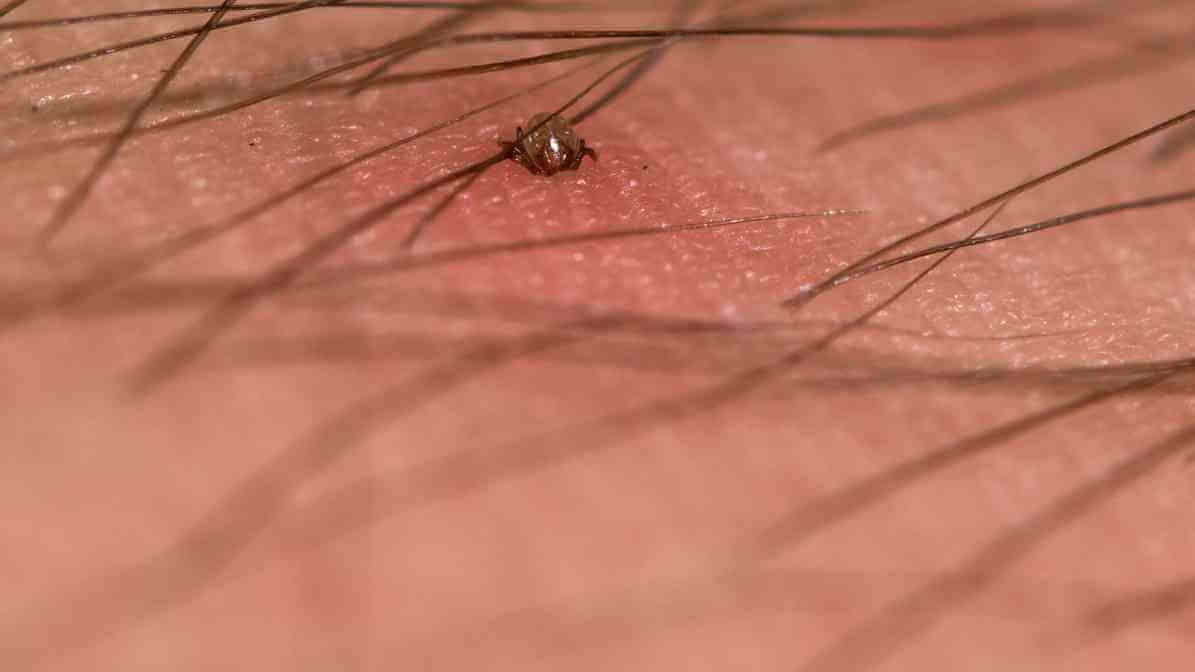
Protect yourself and wear gloves if available.
Use tweezers to grasp the attached tick as close to the skin as possible.
Pull gently, steadily upward and do not squeeze the tick to avoid dismembering the head.

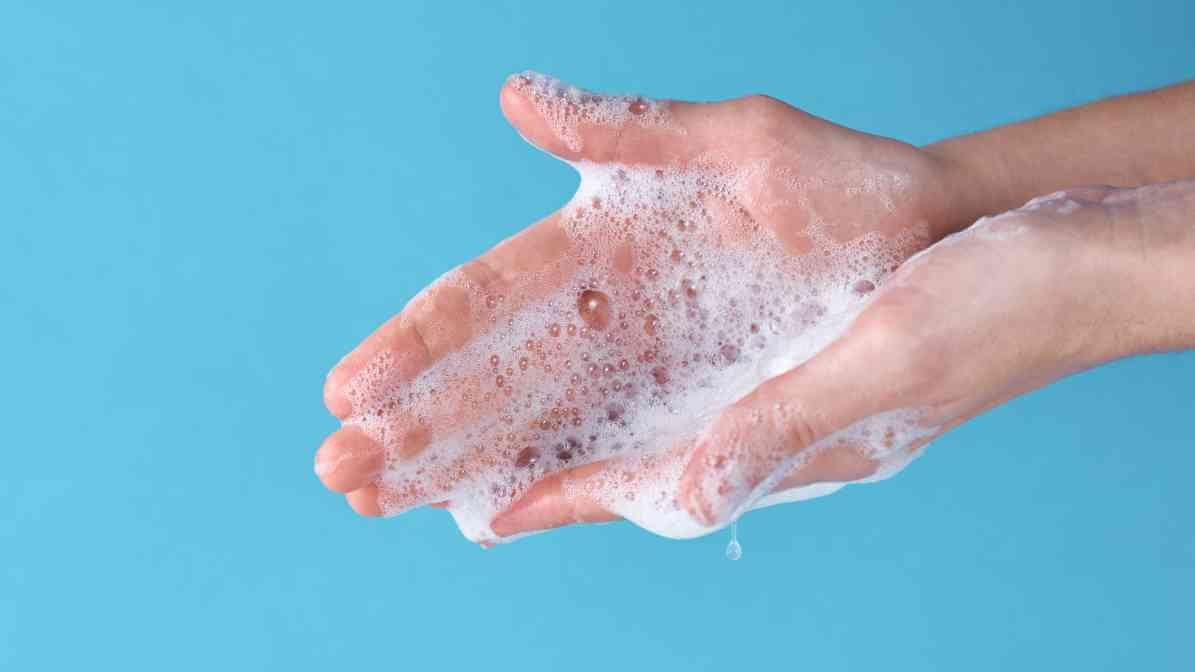
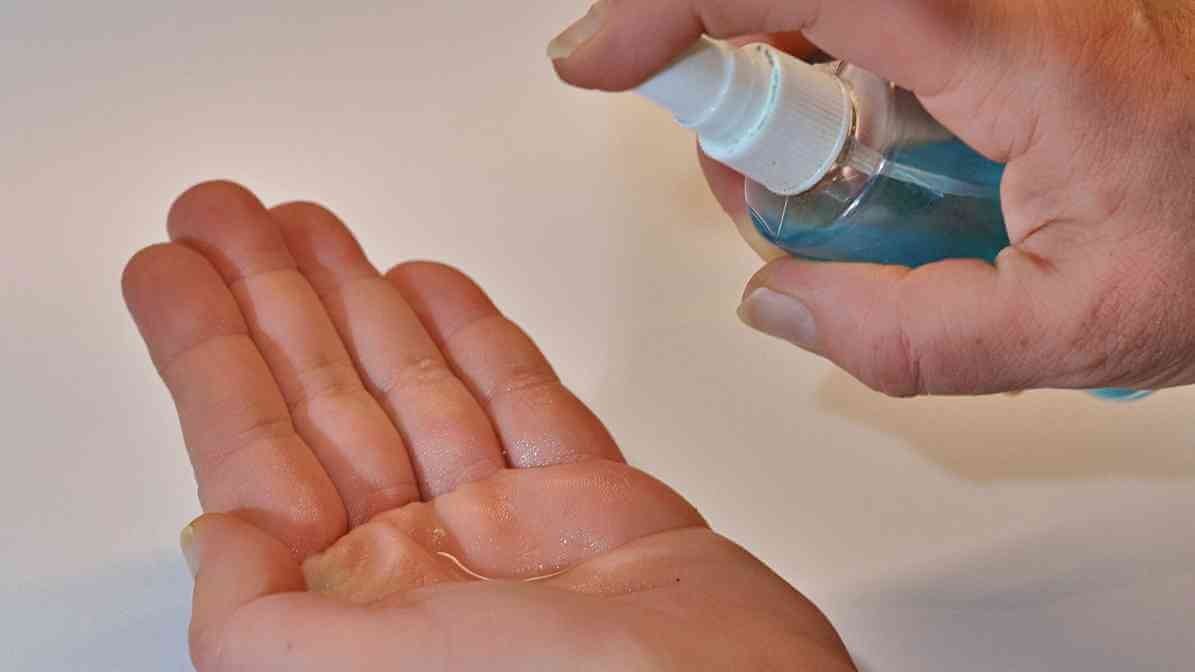
If the tick head or mouth parts remain in the skin, do not poke or squeeze more.
Disinfect the bite area with soap and water and rubbing alcohol.
Dispose of the tick by submerging it in rubbing alcohol or sealing it in a container.
What To Do If The Tick is Still Stuck On My Body?
After Tick Removal Monitor For Signs of Tick Borne Diseases
Do not force instead seek medical help if you are unsure how to remove the tick. In some cases, the tick head may still be deep penetrating your skin. You can apply petroleum jelly around the tick or place a hot match near it to encourage the tick. However, tweezers to grasp remains the best and most effective method.
Clean the bite site thoroughly with soap and water
Disinfect with rubbing alcohol
Observe the site for the next 14 days for signs of infection, such as rash, swelling or fever
Tick Head in Skin: What to Do?
When to Seek Medical Help To Avoid Tick ?
Sometimes, the tick head or mouthparts may stay penetrate in the bite site after removal. This can cause irritation or infection if not properly taken care of. What to do:
Do not try to dig it out with sharp objects.
Clean the area with soap and water, then disinfect.
If the tick head in skin persists or causes redness, consult a health professional for proper removal and blood tests.
Symptoms of The Tick Borne Diseases To Lookout For
Recognising Tick Borne Diseases
Tick bites can transmit serious tick borne diseases if pathogens are present in the infected ticks. Symptoms vary depending on the disease but may include:
Fever and chills
Headache
Muscle and joint pain
Rash, such as the classic tick mark or target-shaped rash seen in Lyme disease
Prevention Measures From Tick Borne Diseases
Prevention of Tick Bites and Tick Borne Diseases
Preventing tick bites is the most effective way to avoid tick-borne illnesses. Here are some preventive tips:
Wear long-sleeved shirts and long pants, tucking pants into socks when walking in wooded areas.
Use insect repellents that contain DEET or permethrin on skin and clothing.
Avoid dense area where ticks live and stick to cleared paths.
Conduct tick checks after outdoor activities, paying attention to common spots like the head, armpits, and groin.
Remove a tick immediately if you find the tick mouthparts or tick head in skin.
Keep yard clean, trim grass, remove leaf litter and discourage wild ticks from living near your home.
Professional Ticks Control Services
Innovative Pest Blog Summary
Ticks are common in many environments, especially in wooded areas and humid climates like Malaysia. A tick bite might seem minor, but it can lead to serious tick borne illnesses if not managed properly. By staying alert and act quickly. This can help protect you and your family from health issues caused by tick borne diseases.
- Always find a tick, and removing the tick as soon as possible is crucial to reduce infection risk.
- Use protective clothing, insect repellents and conduct regular tick checks.
- Seek health care immediately if you develop symptoms such as a tick mark, rash, fever or muscle pain after tick bite.


